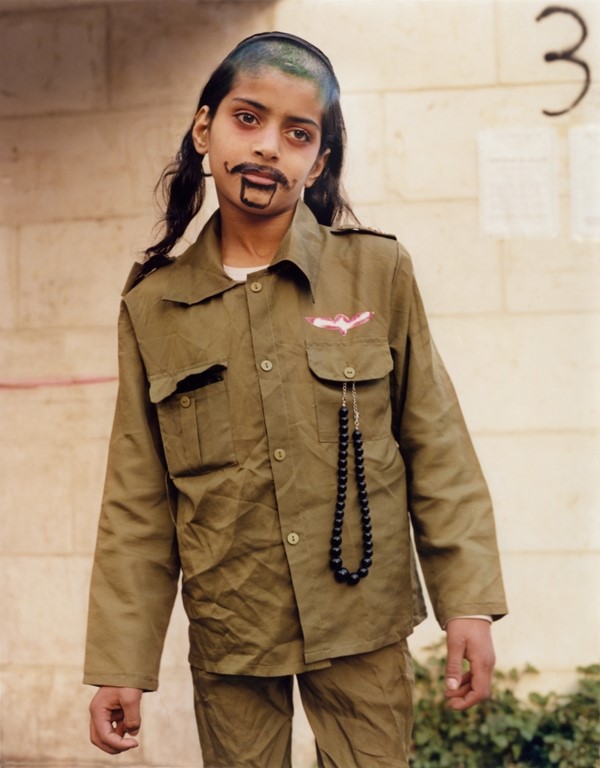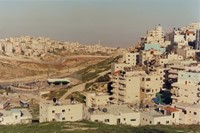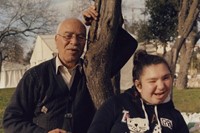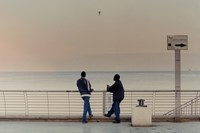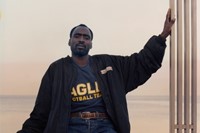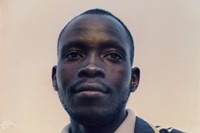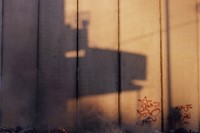Photographer Harley Weir shares her personal project shot in Israel and Jordan
London-based photographer Harley Weir first visited Israel three years ago for a fashion shoot. Working in Tel Aviv, she became entranced by her surroundings: the people, the landscape, the light. She returned twice after that, making her way to Jerusalem as well as the West Bank and then Jordan. With no particular agenda, she embarked on a personal project to capture the beauty she saw in everything around her. “I wanted to turn war reportage on its head,” she explains. “It’s very much a male-dominated field and people usually take pictures from a distance. That’s not my point of view.” Instead, Weir gets up close to her subjects. So much so that as a viewer you can’t help but read certain truths in the eyes of the adults and many children that populate these works. There is profound meaning to be found in a smile, a resolute glare or a faraway stare. It’s hard to look away. “Obviously I’m a very visual person,” Weir says. “I like to see things with my own eyes and get involved in what’s going on. In this sense it was an intuitive project, I didn’t plan much but I wanted to take a stance by making these photos very personal.”
“I like to see things with my own eyes and get involved in what’s going on" — Harley Weir
Despite of, or perhaps because of, her strong emotional connection to the places and people who are her subjects in Boundaries, Weir has kept the photos close to her chest for the past two years. “I wanted some distance,” she says. “I’ve also been able to narrow the series down, which I could only do because I waited.” Unsurprisingly, she was concerned about the kind of statement the photos would be making about the reality of people’s lives in this part of the world – inadvertently or otherwise. “The situation there is so complicated, the issues so great,” she says. “It’s beyond my understanding and I didn’t want to be disrespectful. Every image is loaded.”
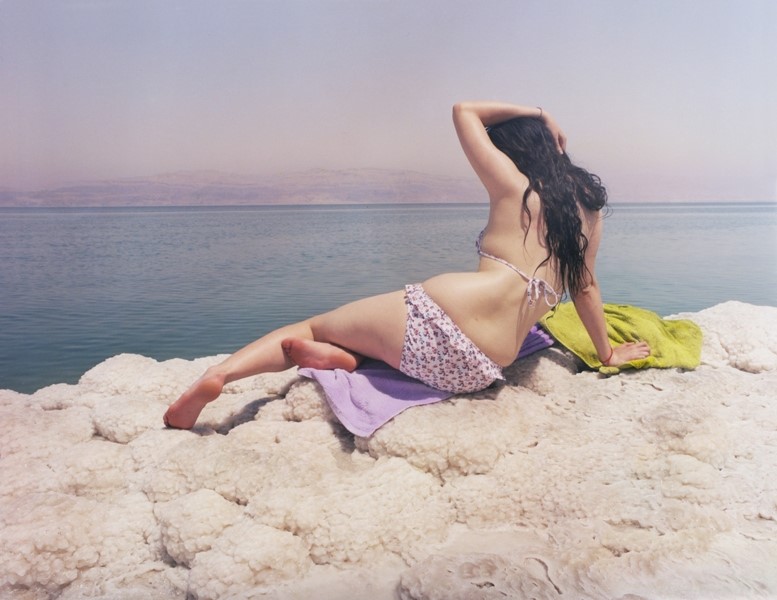
Weir invokes conceptual documentary photographer Richard Mosse, whose infrared film and stills of the eastern Democratic Republic of Congo, taken for his project, The Enclave, capture a deeply troubled part of the world in an astonishing new light. Civilians and armed militia appear against bright pink, hyper-real rolling scenery. As with Mosse, Weir’s photos are awash in pink. “Israel is a very pink country,” she explains. “There are never any clouds and as the sun goes down the sky becomes pink.” And it’s true, rose shades appear consistently across Boundaries. But unlike the fluorescent fuchsias and magentas of Mosse’s rolling hills and lush vegetation, these pinks are more earthy and faint: they are of the desert. “The photos are almost feminine,” Weir says. “There is a dreamlike quality to them and a beauty that I realise may be in contrast to what’s being depicted.”
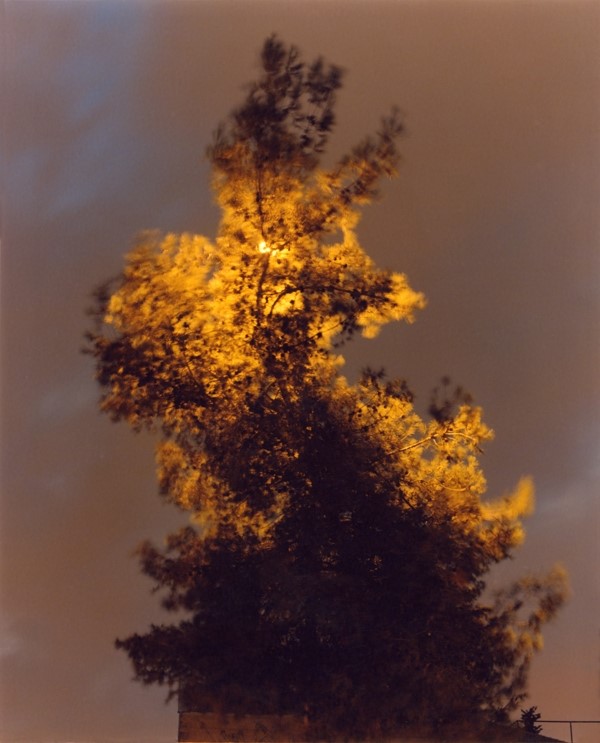
Weir’s photos do not take sides. Nor do they look for root causes. And they are discomfiting. This is perhaps due to their intimacy – the people depicted demand that we give them our full attention, that we see them as individuals, not just representatives of a culture, a religion or a class. “I am not trying to make any grand statements,” she says. “But that’s why I like these photos. I don’t think they give away too much, but they say just enough.”
Text by Ananda Pellarin
